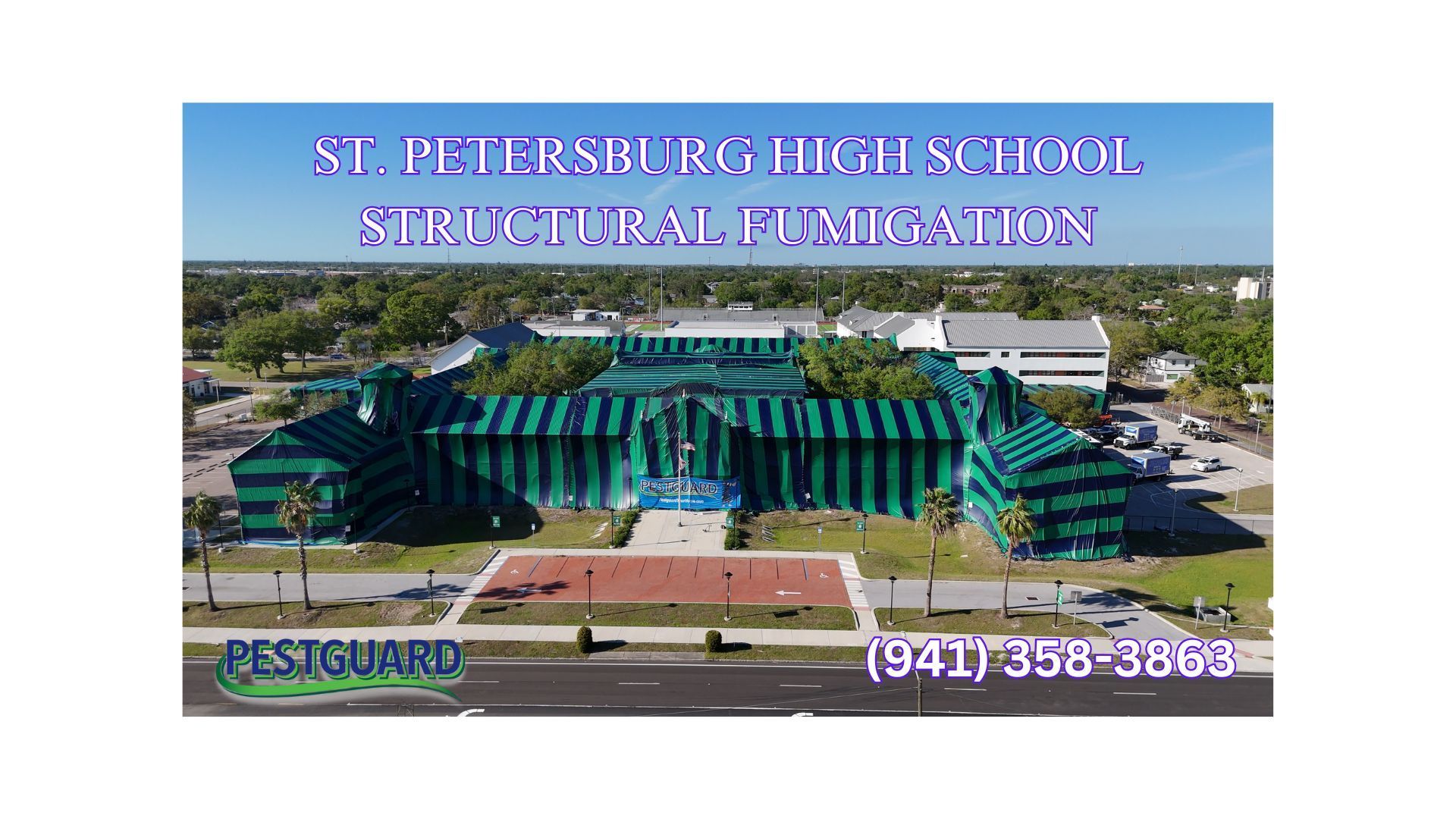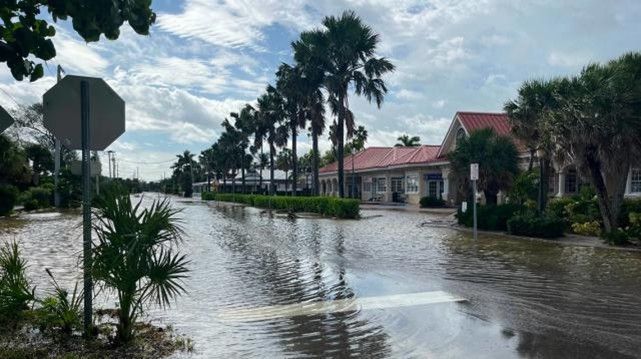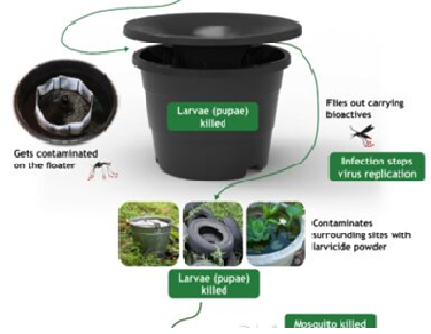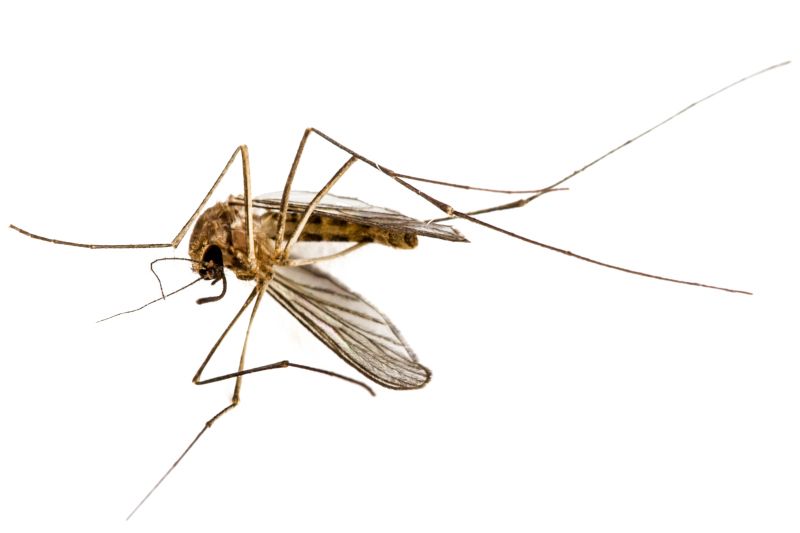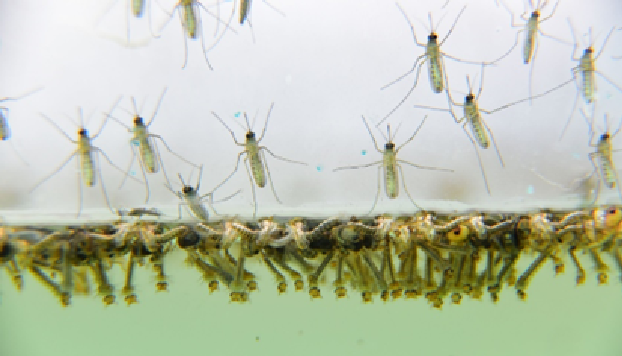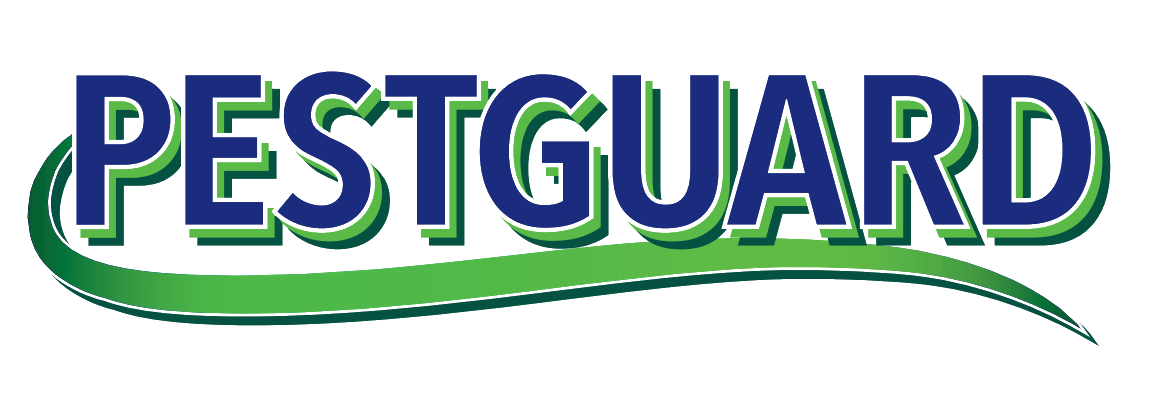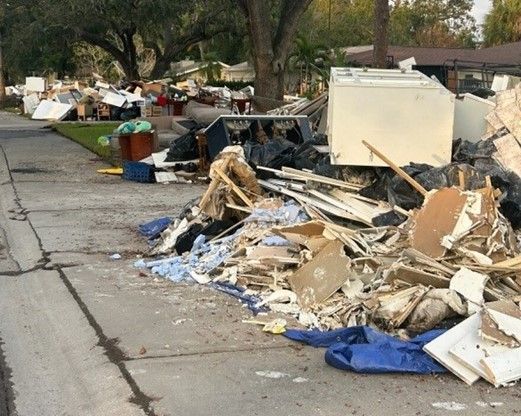Dealing with Palmetto Bugs in Florida: What Happens After Heavy Rain
Palmetto bugs, a common name for the American cockroach, are an inevitable part of life in Florida
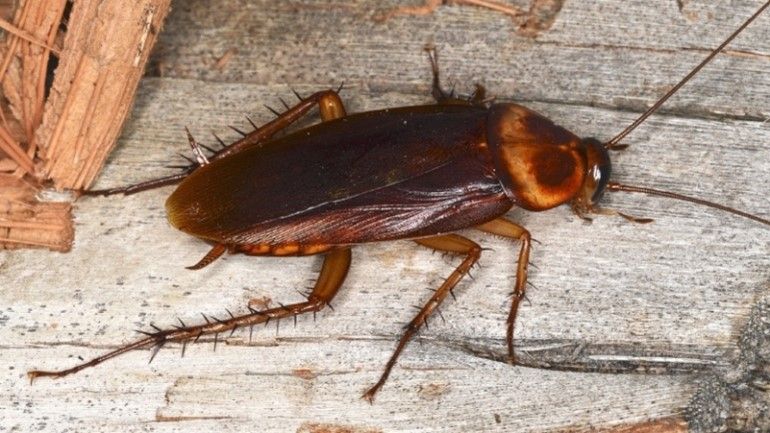
These large, reddish-brown insects thrive in warm, humid environments and are notorious for their unwanted appearances in homes and businesses, especially after periods of heavy rain. While many Floridians are familiar with these pests, it’s important to understand how weather patterns, particularly excessive rainfall, affect their behavior and what can be done to keep them under control.
Why Do Palmetto Bugs Become More Active After Rain?
Palmetto bugs prefer moist, dark environments and typically live outdoors, but when heavy rains hit, their natural habitats—such as mulch beds, decaying plant matter, and storm drains—become waterlogged. The excess moisture forces them out of their hiding spots, often into homes, garages, and other dry areas.
Residual Puddling: After a storm, water often collects in low-lying areas, creating residual puddles. These puddles provide a breeding ground for palmetto bugs, offering both moisture and potential food sources. Additionally, standing water can make drainage systems more appealing to these pests, providing them with easy access points into homes.
What to Expect After Heavy Rain
- Increased Sightings Indoors: As palmetto bugs are displaced by rainwater, they often seek refuge in dry, sheltered areas—meaning your home. You may notice more sightings in bathrooms, kitchens, and basements where water and food sources are readily available.
- Higher Population Growth: The combination of moisture and food sources from residual puddling can accelerate the reproduction of palmetto bugs. Their eggs hatch faster in humid conditions, leading to a rapid increase in their numbers.
- Odor and Allergy Concerns: Palmetto bugs can carry bacteria and produce a musty odor that permeates homes where infestations are present. Some people are also allergic to the allergens they spread, which can aggravate conditions like asthma.
How to Prevent Palmetto Bug Infestations After Rain
While the weather is out of your control, there are steps you can take to reduce the chances of a palmetto bug invasion after heavy rain:
- Eliminate Standing Water: Make sure gutters are clean and direct water away from your home. Eliminate any standing water in your yard by filling in low spots where puddles collect. Pay attention to areas around air conditioning units and outdoor faucets where water can accumulate.
- Seal Entry Points: Inspect your home for cracks, holes, and gaps around windows, doors, and pipes. Use caulking or weather stripping to seal these areas to prevent bugs from entering.
- Keep Your Home Dry: Use dehumidifiers and proper ventilation in damp areas of your home like basements, bathrooms, and laundry rooms. Keeping these areas dry makes them less attractive to palmetto bugs.
- Regular Pest Control Services: Hiring a professional pest control service, like Pestguard, ensures that palmetto bugs don’t stand a chance. Treatments can help create a barrier around your home to keep these pests out, even after heavy rain.
Don’t Wait Until It’s Too Late – Act Now!
